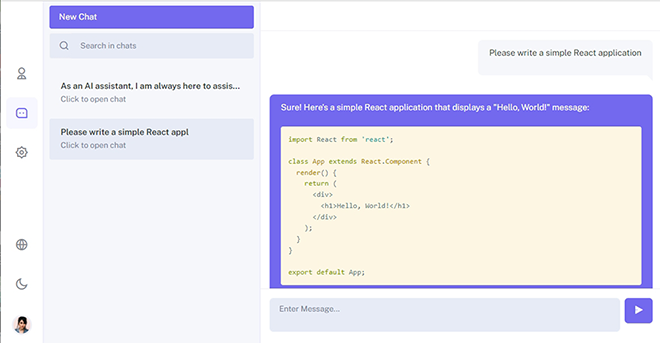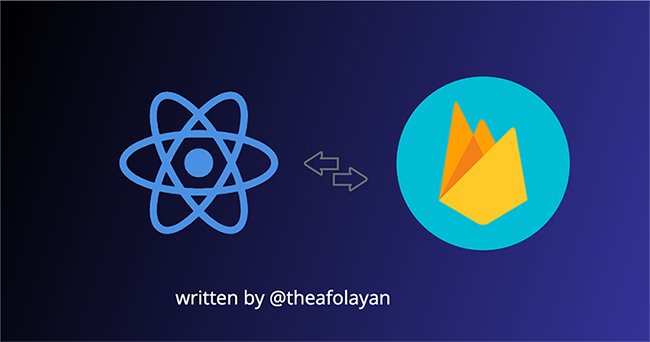JAMstack Architecture with Next.js

The Jamstack architecture, a term coined by Mathias Biilmann, the co-founder of Netlify, encompasses a set of structural practices that rely on client-side JavaScript, reusable APIs, and prebuilt markup to build websites and applications. At its core, the Jamstack advocates for rendering web applications into static HTML files during the build process and serving them efficiently to clients.










